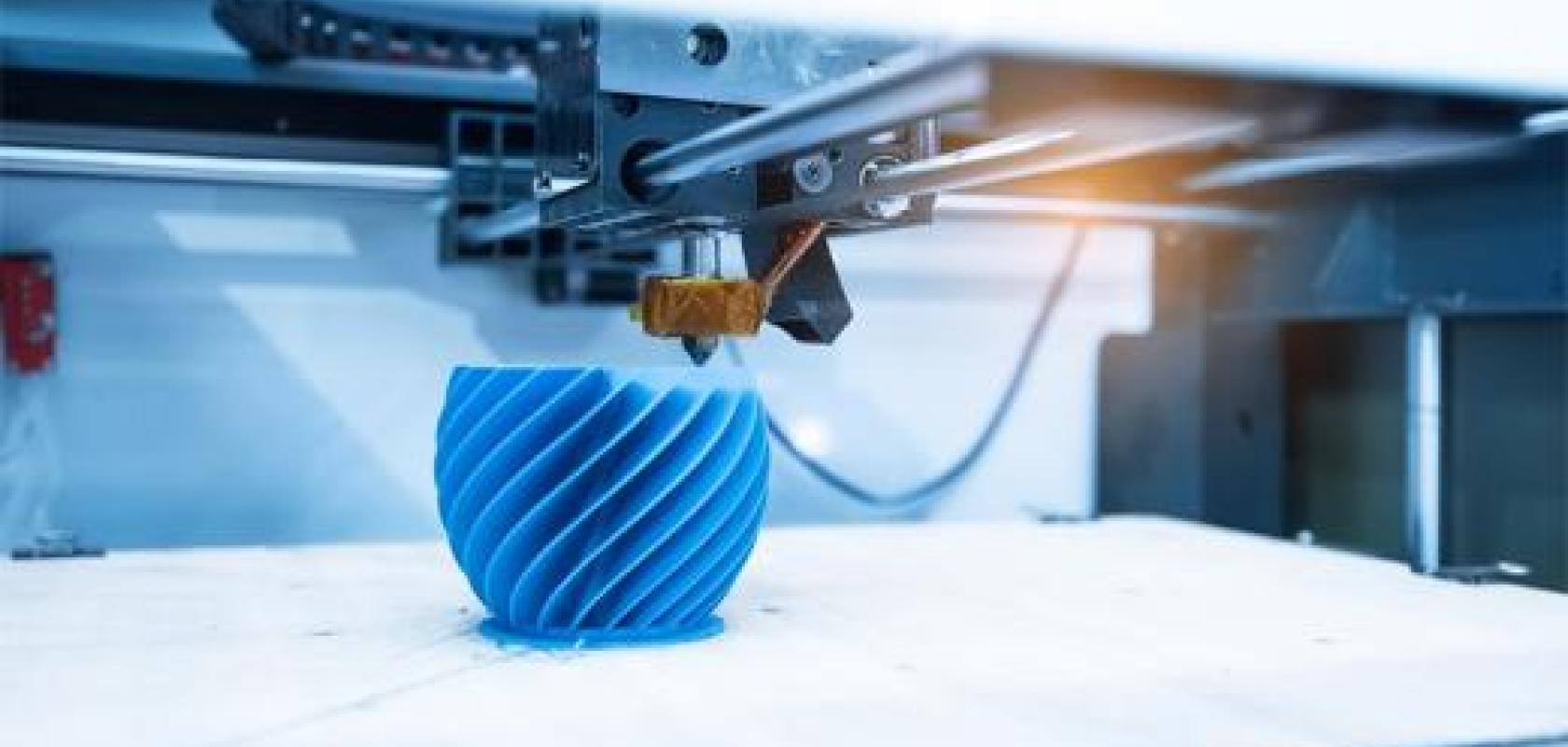Dan Adams, product marketing manager at Edmund Optics, discusses how additive manufacturing is impacting the optics industry
Additive manufacturing is no longer confined to R&D labs or niche applications. It is now very much a mainstream manufacturing approach and is transforming the way products are made and designed across a wide range of industries. Hugely complex components that were either impossible or extremely expensive to make become straightforward to produce when additive manufacturing is used. Prototypes can be created quickly and cheaply in a matter of hours, directly from a digital 3D design.
The ability to easily incorporate intricate structures enables the creation of parts that have the same strength but greatly reduced weight when compared to their traditionally manufactured predecessors.
What does this mean for optics?
3D printed metal and polymer parts are already successfully used in sectors such as aerospace, automotive and healthcare, but what about optics and photonics? What does additive manufacturing mean for our industry today and what might the future hold? It is not yet possible to print a high precision glass optic, but there are many other ways additive manufacturing is being used throughout the optics industry.
At multiple points during the manufacture of a lens it needs to be held in place. For custom components sometimes creating tooling and fixtures can take weeks. With additive manufacturing the necessary parts can be created in a matter of hours, shortening the lead time substantially. This also applies in research and development where custom holders, mounts and housing can be designed and made quickly and cheaply.
This new flexibility at the prototyping stage allows engineers to quickly trial different design iterations and arrive at the optimal solution much quicker than they otherwise would have. This is one of the areas that additive manufacturing excels at across all industries – and optics and photonics is no different. The ability to quickly prove an idea or demonstrate its feasibility to a customer, manager or investor with something functional or even just a physical representation is extremely powerful.
So what about using additive manufacturing methods to actually make optical components? There are several companies that are already printing optics from UV curable polymers. Whilst the precision, homogeneity and small range of available material properties makes them less suitable for use in high precision applications, they work really well for things like illumination and in some cases low magnification imaging. The possibility of printing any optic on demand in a matter of hours is a fascinating thought, and if this technology continues to improve it will undoubtedly have a huge effect on optical design and manufacturing.
Consider freeform optics, for example. Printing a lens layer by layer makes a freeform design just as easy to manufacture as a rotationally symmetric one. Designers will have unparalleled flexibility to explore new designs that just weren’t possible before.
This flexibility would also make compact, lightweight assemblies much easier to design and manufacture – a huge advantage for size and weight sensitive applications in fields such as autonomous vehicles or aerospace.
Just as we have already seen in other areas, the biggest advantage will be the ability to quickly produce a custom design directly from a digital file. This is extremely powerful and will help to rapidly accelerate the product development cycle. Traditional optics take a relatively long time to manufacture and one-off custom prototypes are often prohibitively expensive, particularly for small companies. 3D printed optics would make this so much more accessible and likely lead to an explosion in optical innovation.
The challenges ahead
There are many exciting possibilities, but there is still a long way to go and it seems unlikely that additive manufacturing will replace traditional methods anytime soon. The surface figure irregularity and surface flatness are critical for precision optics, and that isn’t quite there yet with additive methods. In addition, optical polymers are not able to offer the same range of transmission, refractive index or dispersion as glass substrates at the moment. Until these fundamental material science issues are solved glass and traditional methods are likely to remain the industry standard, certainly at high precision.
Another issue is high volume production. 3D printing is great for quickly generating single pieces with high levels of complexity, but it is a serial process, and for producing multiple parts quickly traditional high volume manufacturing is still going to be considerably faster and more cost effective.
Additive manufacturing is affecting the optics industry. 3D printed fixtures and tooling are already capable of shortening lead times. As the precision with metals and polymers continues to improve, 3D printed optomechanics are likely to become a lot more common place. It is an engine of growth too, high energy lasers and the precision optics that go with them are critical parts of many different additive manufacturing methods. With large amounts of investment being made in this area across a huge range of industries this is likely to be a growing market for optics for a long time.
The technology and materials for the direct printing of optical components are still in their infancy, but with advances being made all the time who knows where we will be in 20 years? The possibilities are exciting, the potential benefits huge; being aware of recent developments in this area is going to be crucial for companies that want to stay competitive in optics and photonics.

